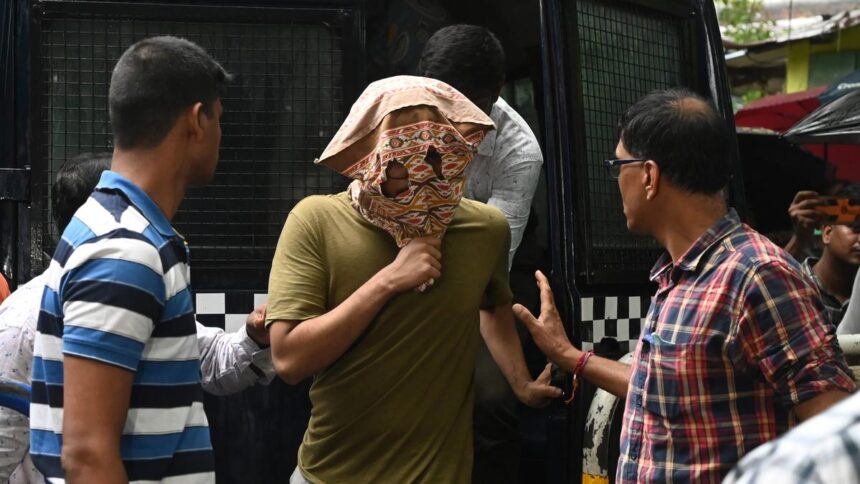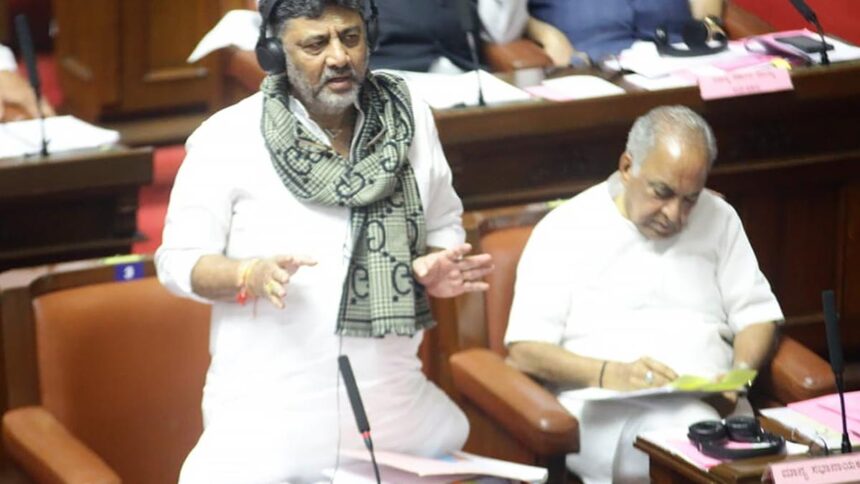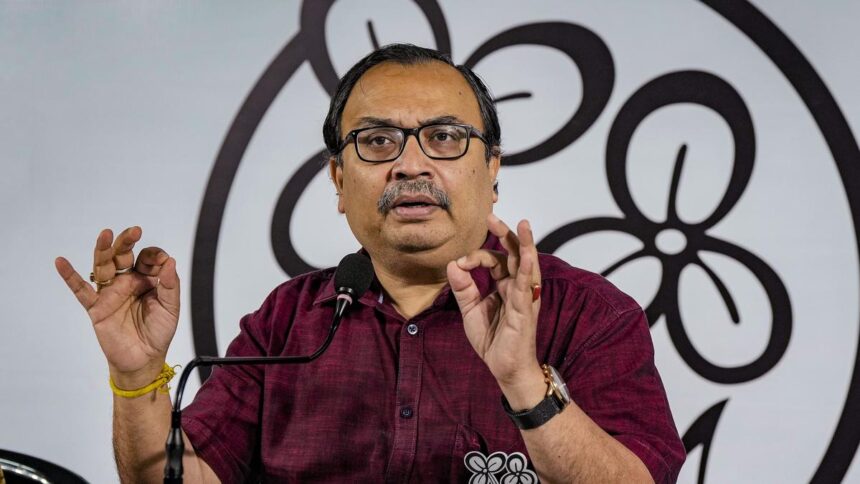
The draft splits the civic limits into five corporations — Central, North, East, West, and South corporations — of varying sizes in terms of area, population, population density, and even projected property tax potential of these corporations.
| Photo Credit: K. MURALI KUMAR
The State government issued a draft notification of the boundaries of the proposed five municipal corporations carved out of the existing city civic limits of 712 sq. km, on Saturday, inviting objections over the next 30 days. This comes after Governor Thaawarchand Gehlot approved the proposal on Saturday.
The draft splits the civic limits into five corporations – Central, North, East, West, and South corporations, of varying sizes in terms of area, population, population density, and even projected property tax potential of these corporations. Trying to limit the variance in revenue generation potential among the proposed corporations, and ensuring that the least number of assembly constituencies are split between multiple corporations, seems to have guided the exercise.
As per the draft notified on Saturday, only five assembly constituencies – Dasarahalli, R.R. Nagar, Yeshwantpur, Mahadevapura and Padmanabha Nagar – are split between two corporations.
Wide variance in property tax potential
While the Brand Bengaluru Committee had made multiple proposals based on various criteria, including one where the revenue variance was limited to ₹100 crore, the proposal accepted by the State government has a maximum variance of ₹369 crore (in projected property tax collection for 2025) between Bengaluru East City Corporation (₹912 crore), the richest corporation that houses most parts of the IT corridor and Bengaluru North City Corporation (₹543 crore), the poorest of the five.
“BBMP’s revenue accounts for roughly 40% of its budget, and the rest is through grants from the State and Central governments. Even the corporation with the lowest projected income will be able to manage its revenue expenditure of the corporation by itself. Greater Bengaluru Authority (GBA), chaired by the Chief Minister, will play a balancing role, providing more grants to corporations with lesser revenue to bring them on par. The need for infrastructure development will also play a role in this,” said V. Ravichandar, member, Brand Bengaluru Committee.
Population varies in the range of 1.3 million to 4.5 million
“The Eastern areas have much lower population but high revenue; the Western areas have high population but low revenue due to the nature of the settlements. Apart from the Central Corporation, the other four corporations (East, North, South, and West) have an area variation of just 21 sqkm (15%) and the population difference is 1:3.5. The latter is unavoidable given the wide disparity between the East and Western areas,” the report of the Committee said. The population of the five corporations vary between 1.3 million in East and 4.5 million in West.
“While the Central Corporation is ‘locked’ from horizontal growth possibilities through area expansion, vertical growth with Transit Oriented Development policies in the city centre with better infrastructure provisioning will result in revenue as well as population growth in line with the other areas,” the committee said in its report.
Published – July 19, 2025 09:36 pm IST



















